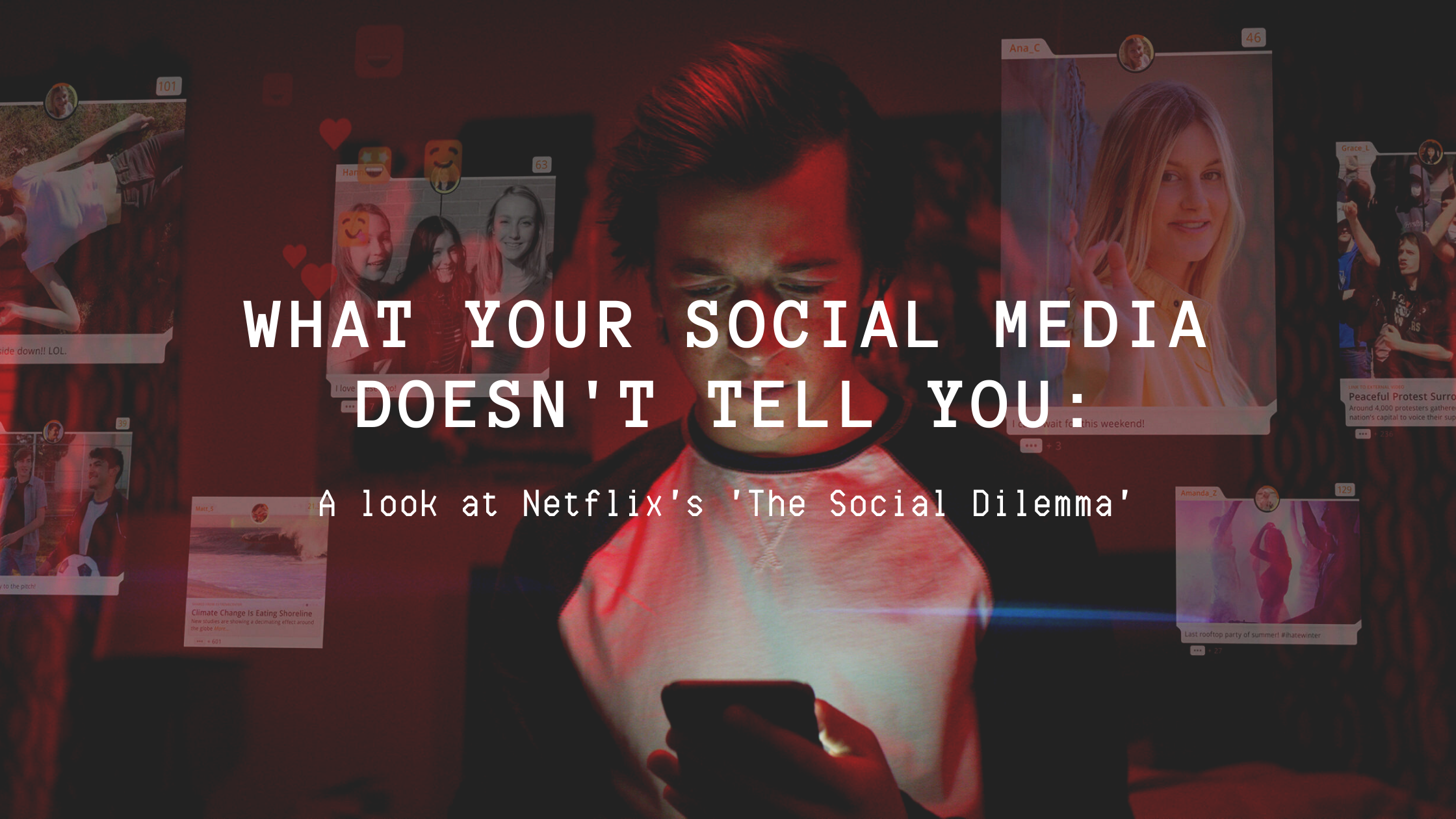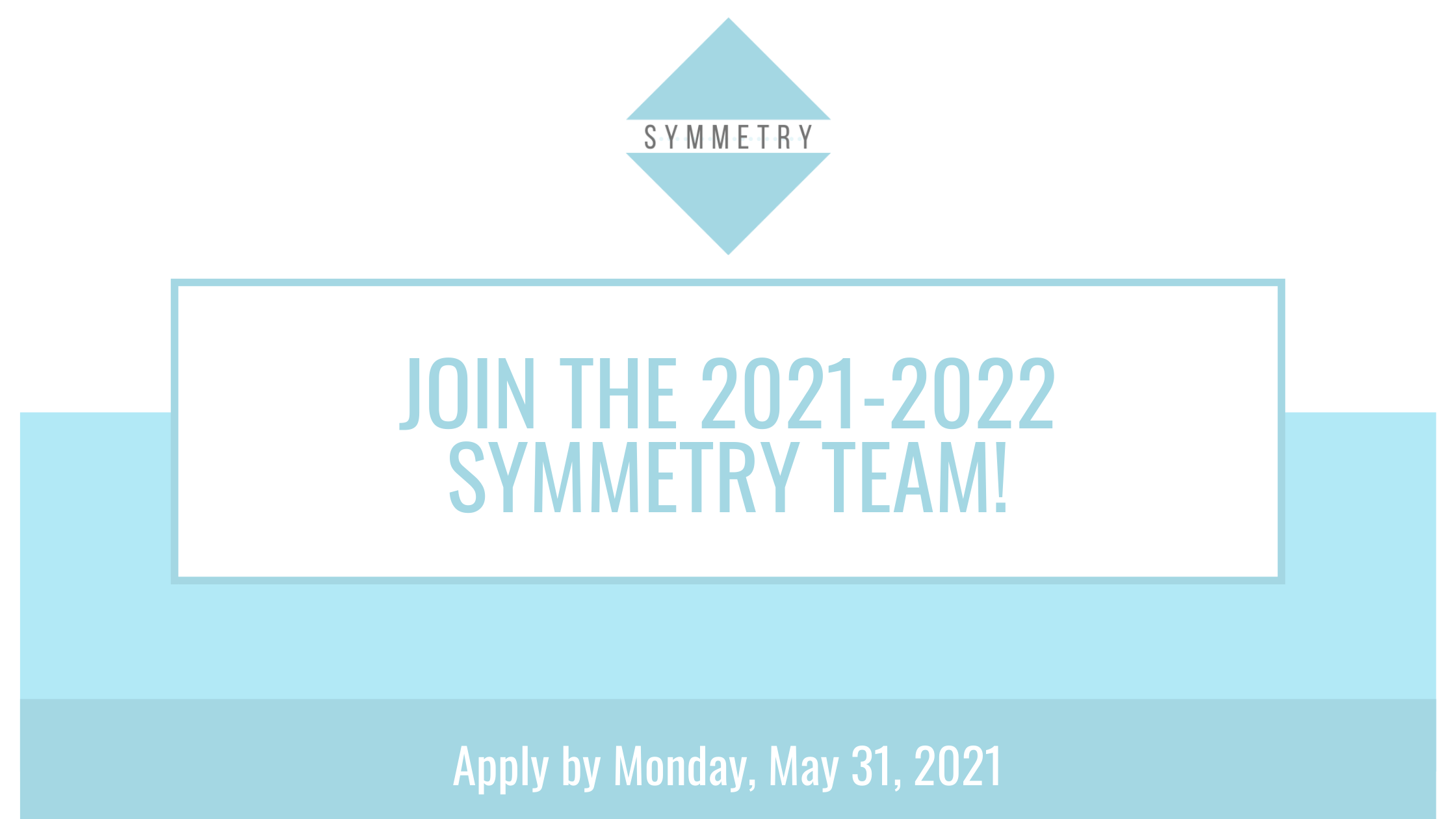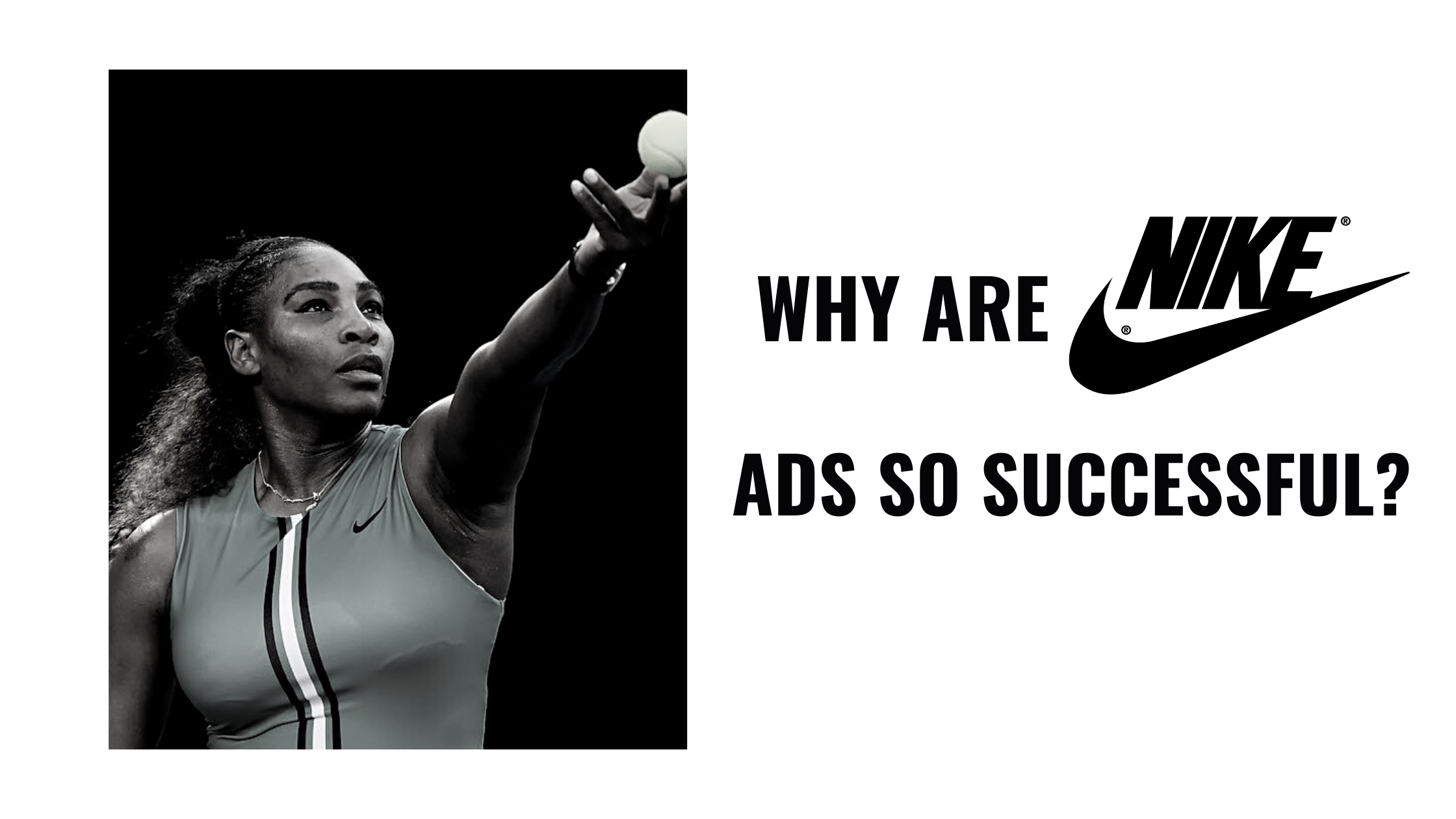Sophie Blondin, Editor.
It is undoubtedly a fact that technology is a central part to our everyday lives. Increasingly, social media is how we carry out our lives, with pictures of food, mirror selfies, trips, holidays, relationships, family milestones —virtually everything—being showcased online for people to see.
Not only does social media allow us to share our lives and opinions with others, it allows us to see what others are doing, whether it’s family and friends, or public figures like politicians and celebrities. It has allowed us to become more interconnected than ever before, through reuniting families and friends, sharing global news in real-time, and bringing people together from different parts of the world. But what is the flipside to that coin? Most of us who have had social media long enough will tell you that there are negatives. So, the question then becomes: do the benefits outweigh the risks?
‘The Social Dilemma,’ an original Netflix documentary released in early September, attempts to unpack these questions by offering an inside, never-before-seen look at how big tech giants like Facebook, Twitter, Instagram, and Google operate—and the revelations are frightening.
The film features ex-Silicon Valley figures, such as Tim Kendall, former president of Pinterest and director of monetization for Facebook as well as Tristan Harris, former design ethicist at Google. All of those featured repeatedly stress how unethical and immoral the work these companies do is.
Here’s a look at what I consider to be the five most noteworthy revelations presented in the doc:
Tech terms used (because we don’t all work in Silicon Valley):
Algorithm: Social media algorithms are a way of sorting posts in a users’ feed based on relevancy instead of publish time.
- Everything you do on these sites is being watched, tracked, and stored by these sites.
If you’re like me, prior to watching this film, I was of the mind that companies like Facebook, YouTube, and Instagram did not care about what I looked at, posted, or liked; however, it turns out that this could not be further from the truth. In reality, the main job of social media sites is to track and monitor all of the activity of users, in order to better understand and predict their online activity, so they can better target ads. This means watching what posts you look at, for how long you look at them, the types of videos you watch, and the online relationships you have—everything is monitored.
2. Social media is inherently designed to be addictive.
I’ll be the first to admit that when Apple started releasing screen time figures for your phone, the numbers were not where I wanted them to be; however, I thought that the game to cut down screen time was one I was competing with myself on. Instead, what the tech experts who helped design these sites tell us is that every notification alert, design feature, and algorithm was designed to keep you online. In fact, the film even compares the design of these sites to gambling, where the refresh feature on pages is made to give users the same hit of dopamine that would be felt from playing slot machines in Vegas.
“We’ve put deceit and sneakiness at the centre of everything we do—creating a culture of manipulation.”
The main goal of any social media platform is to retain user engagement; in short, keep them active and online for as long as possible. Essentially, it becomes a game of algorithms designed to keep you on the sites, so you view more ads, and make them more money.
3. The increasing suicide and self-harm rates tied with social media use among teenagers.
The long-term danger really starts to become clear when you look at the mental health effects social media is creating among pre-teens and teenagers. The film highlights how harmful these addictive sites and masses of information can be to young users.
“Social media starts to dig deeper and deeper down into the brain stem and take over kids’ sense of self-worth and identity.”
The film highlighted the link between suicide and self-harm rates increasing among young adults, with self-harm related hospitalizations increasing by 62 per cent among teen girls and a 157 per cent increase among pre-teen girls since 2009. Suicide rates show an even worse trend, with suicides among teen girls increasing by 70 per cent and among pre-teen girls, an increase of 151 per cent since 2010. As the film notes, these increases began as most middle school and high school students started having access to social media on their devices.
This reality was the most disheartening to me because it shows the real-time, physical and emotional effects these platforms are having on younger generations. The fear is that these numbers will continue to rise as each new generation is ushered into living their lives online.
4. Social media sites cannot define the truth nor detect it, leading to misinformation and fake news.
This is a big one. It’s essential to remember that since these sites are controlled predominantly by artificial intelligence (AI) they do not have the ability to hide or flag fake news, conspiracy theories, or misinformation. Not only do these sites fail to hide or flag fake news and misinformation, but they could suggest false information and fake news to you.
“We have gone from the information age to the disinformation age.”
The obvious danger here is that social media sites are allowing for fake news and misinformation to spread faster and to more people, which as the film suggests, is threatening to dismantle the very fabric of society: our ability to know what’s truth and what’s fiction.
5. Social media companies aren’t going to voluntarily change, so users have to.
One thing the film makes clear is that these social media companies are not going to change because their business model of selling user engagement to advertisers is so effective at bringing in revenue. For this reason, the only way to see change in this industry is through government mandates and regulations—which they suggest is far out at this point.
But wait, there’s good news…
Deleting all of your socials does not have to be answer—although a case could be made for that kind of approach—instead the key is to change your habits by cutting back on screen time, turning off some (or all) notifications, sharing less personal information online, and being alert to the information you see, so as to avoid misinformation.
Yes, social media can make us feel connected and creative; but, it can also make us feel disconnected and anxious. This distinction comes in how we use these platforms, yet more specifically, in our ability to limit our use of them.





